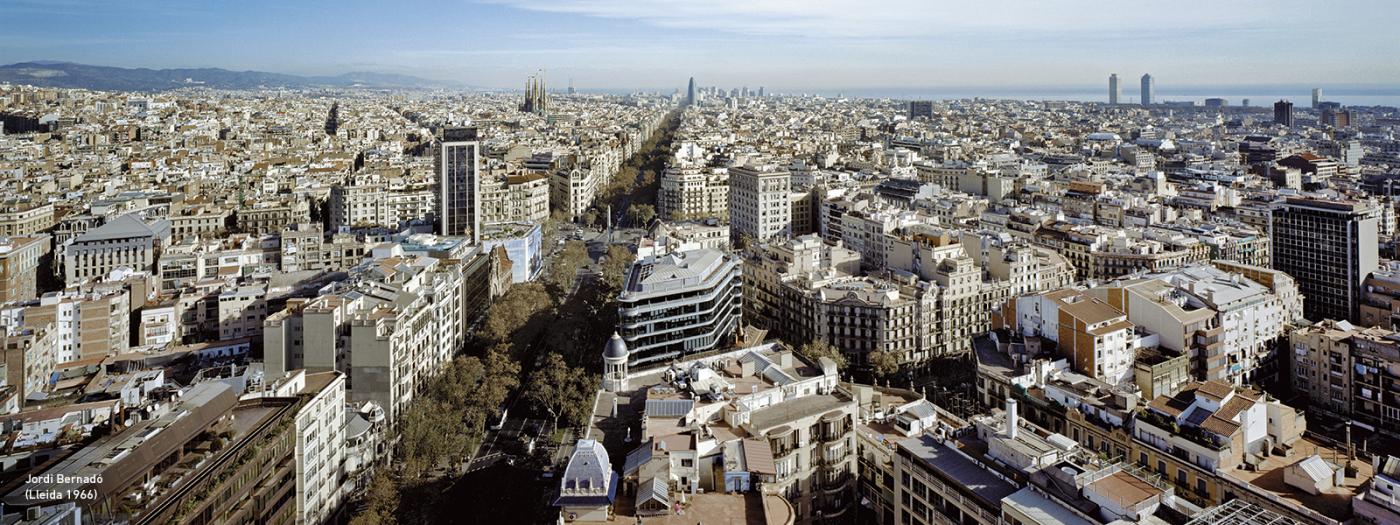Tectonics is a word with broad and sometimes misleading uses in architectonic language. In this workshop we draw from Sempers seminal ideas on what tectonics is, and exemplify it in the most tectonic material of all: wood. Students will work as a group in order to understand the potential and constraints that wood offers as the main building material for the XXIst century, but also where it comes from, and the vast traditions and craft passed from generation to generation. Simultaneously, they will explore hands-on provisional solutions for wood building systems in our Southern Europe environment, by focusing on its challenges in this particular climatic and cultural context, amidst the current global climate and resources destruction frenzy, in order to contribute as architects to provide an urgent alternative to this war on nature scenario.
Knowledge in systems of representation and drawing in different scales.
Learning to build with wood.
Understanding and being able to apply tectonic logics in an architectural project.
Knowing and using techniques and tools related to tectonic logics, so the student can slowly develop their own.
Communicating these logics to builders, clients and the general public.
The course consists on 3 kinds of activities:
A. Prototyping: Scale models and full-scale component mock-ups.
B. Lectures: Tectonic logics presented by faculty and selected guest speakers.
C. Desk crits: Individual and groupal tutorials.
Students will work in groups, where each individuals experience, interest and talent will be enhanced to help the team achieve its common objectives. The group will work and reflect upon a wide range of architectural techniques, from digital modelling to hand sketching, and from dialogues through quick mock-ups to ultra-rigorous narrative via video essays and written stories.
Students will make a 1:1 scale structure, treading on the intimate relation between thinking and making, based on quick iterations, foresight, critical speculation and practical considerations.
The course will be run as a swift R+D project, based on finding solutions for prefabricated wood systems and components in a Southern Europe context, focusing on specific challenges such as the need for thermal inertia, complying to sound regulations and code, UV radiation and cultural prejudices towards this material in our latitudes.
The workshop takes a radical approach to a Learning by doing tradition in architecture. Through Learning-to-build-by-building, where reflection and action are often in resonance, sometimes deliberately separated and analysed through distinct modes of inquiry. This building process starts from a particular set of local availabilities: materials, tools and techniques; a place; and a specific architectural problem that is the spark for an intellectual and physical challenge to the students enrolled, who will work as a dynamic team. l climate and resources destruction frenzy, in order to contribute as architects to provide an urgent alternative to this war on nature scenario.
The assignment consists on the design of an outdoors gathering place for the town of Bilbao, using the materials provided by Egoin.
The structure needs to be assembled by the whole group during 4 hours (maximum), and needs to be robust and durable to last for at least two years in its location.
In the first two weeks, students will work in groups of three to develop an architectural proposal. At the end of a second week, a mid-term presentation will allow faculty to choose the proposal that will be materialised in the second chapter of the workshop. On week 5 we will be working in the Basque Country, in collaboration with Egoin, to produce and assemble the full-scale proposal on site.
Barcelona:
(1) Proposal. Plans and sections. 1:50. Including context.
(2) Assembly process instructions. Axonometries. 1:100.
Basque Country:
(3) 2 minutes video of the whole design, build and use process.
(4) As-built drawings. Plans and sections. 1:50. Focusing on how humans experience the place.
Students are requested to submit all the material on the e-study.
System MIAD for grading exercises:
0 - 4.9 Fail (this means that the tutor will have to ask the student to submit a supplementary work).
5.0 - 6.9 Pass.
7.0 - 8.9 Good.
9.0 - 10 Excellent/Distinction.
On this basis, students will be evaluated on several aspects such as:
Attendance - 10 %
Process - 50 %
Final presentation - 40 %
Blog posts submitted in order to get final marks.
SEMPER, Gottfried;. Style in the Technical and Tectonic Arts. Los Angeles: Getty Publications, 2004.
FRAMPTON, Kenneth;. Studies in Tectonic Culture. Boston: John Cava, 1995.
BÖTTICHER, Karl;. Holzarchitektur des Mittelalters. Berlin : Schenk u. Gerstäcker, 1842.
